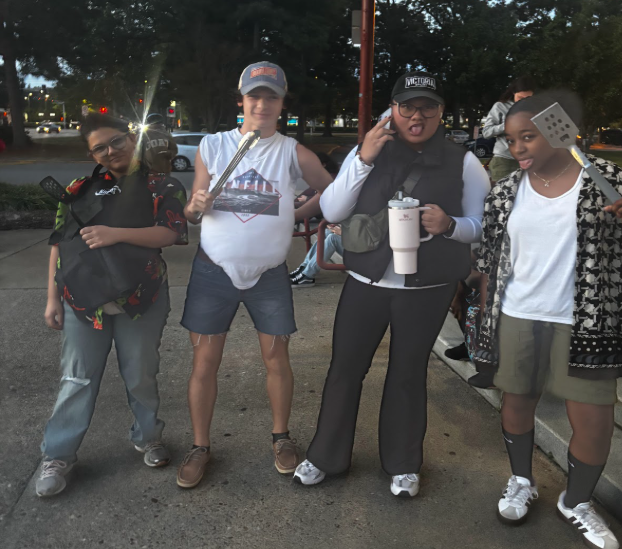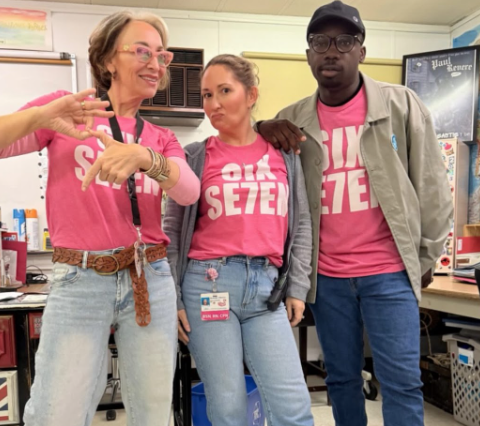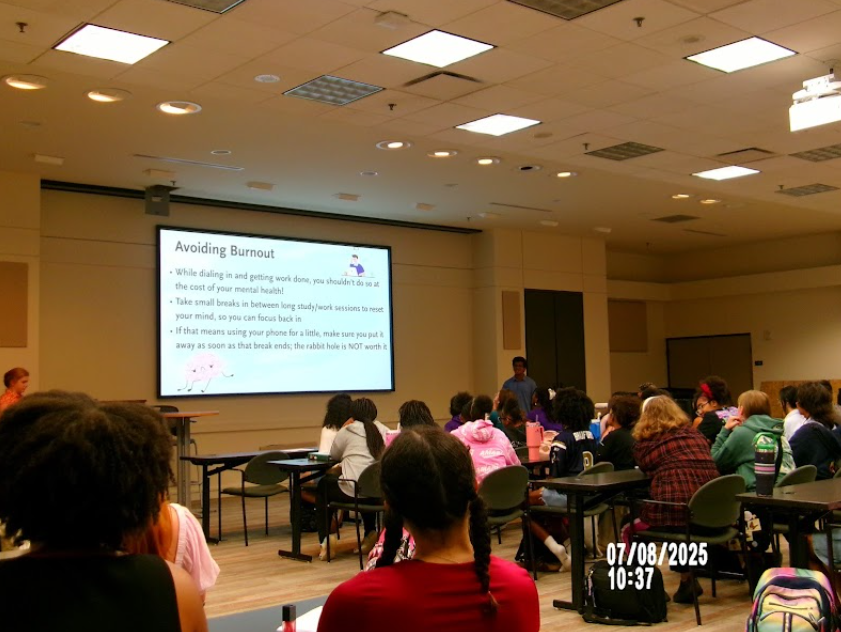Guns have long been a focal point of heated debates in America, often overshadowing the underlying issues that contribute to gun violence. The narrative that guns themselves are the real problem ignores critical factors such as mental health, social environment, and family dynamics. A recent incident involving a six-year-old who brought a gun to school highlights the complexities of this issue. Rather than placing blame solely on the firearm or the teacher involved, it is essential to examine the broader context in which this child is being raised.
In many cases of school shootings, the perpetrators are individuals who suffer from mental health issues or are influenced by gang culture. These factors contribute significantly to the likelihood of violence, yet discussions often sidestep these critical issues. Mental illness is a complex and multifaceted problem that requires attention and resources. Instead of focusing on the tools used in these tragic events, we should be advocating for better mental health support systems and intervention programs that can help identify and assist at-risk individuals before they resort to violence.
When a child as young as six can access a gun, it raises serious questions about the environment surrounding them. This incident is not just about a gun being present; it reflects a failure in parenting, community oversight, and societal values. Children are impressionable and often mimic the behaviors they observe at home. If a child is raised in an environment where firearms are accessible and perhaps even normalized, it is unsurprising that they might bring one to school. The responsibility lies with the adults in that child’s life to educate them about safety and the dangers of firearms, as well as to ensure that guns are securely stored away from children.
Moreover, the culture surrounding guns in America is deeply intertwined with issues of identity and power. For some, owning a gun is not just about protection; it symbolizes freedom and autonomy. This cultural perception can lead to a normalization of gun ownership that overlooks the potential dangers. Instead of glorifying guns, we should be fostering discussions about responsible ownership, safe storage practices, and the importance of education surrounding firearms. By addressing these cultural aspects, we can create a more informed society that understands the implications of gun ownership.
It is also essential to consider the role of schools in addressing these issues. Educators are often left to navigate the complexities of student behavior without adequate resources or training. When incidents, like the one involving the six-year-old, happen, the blame is often placed on the teacher for not preventing the situation. However, teachers are not responsible for the home life of their students or the societal issues that contribute to violence. Instead, schools should be equipped with resources to foster a safe environment, including mental health support and conflict resolution programs.
Ultimately, the conversation about guns and violence in America must shift from a simplistic blame game to a more nuanced understanding of the underlying causes. While guns are a tool that can cause harm, they are not the root of the problem. By focusing on mental health, family dynamics, and societal influences, we can begin to address the conditions that lead to violence. It is crucial to advocate for comprehensive solutions that encompass education, mental health care, and community support, rather than merely calling for stricter gun control measures.
In conclusion, the incident involving a six-year-old bringing a gun to school serves as a stark reminder that the issues surrounding gun violence are much more complex than the presence of firearms alone. Blaming the teacher or the gun only scratches the surface of a deeper societal problem. By addressing the environmental factors that contribute to such behavior and advocating for mental health resources, we can work towards a safer society. The conversation must evolve beyond guns to encompass the broader context of violence, ensuring that we address the root causes rather than just the symptoms. Only then can we hope to create a future where incidents like this are no longer a reality.






















